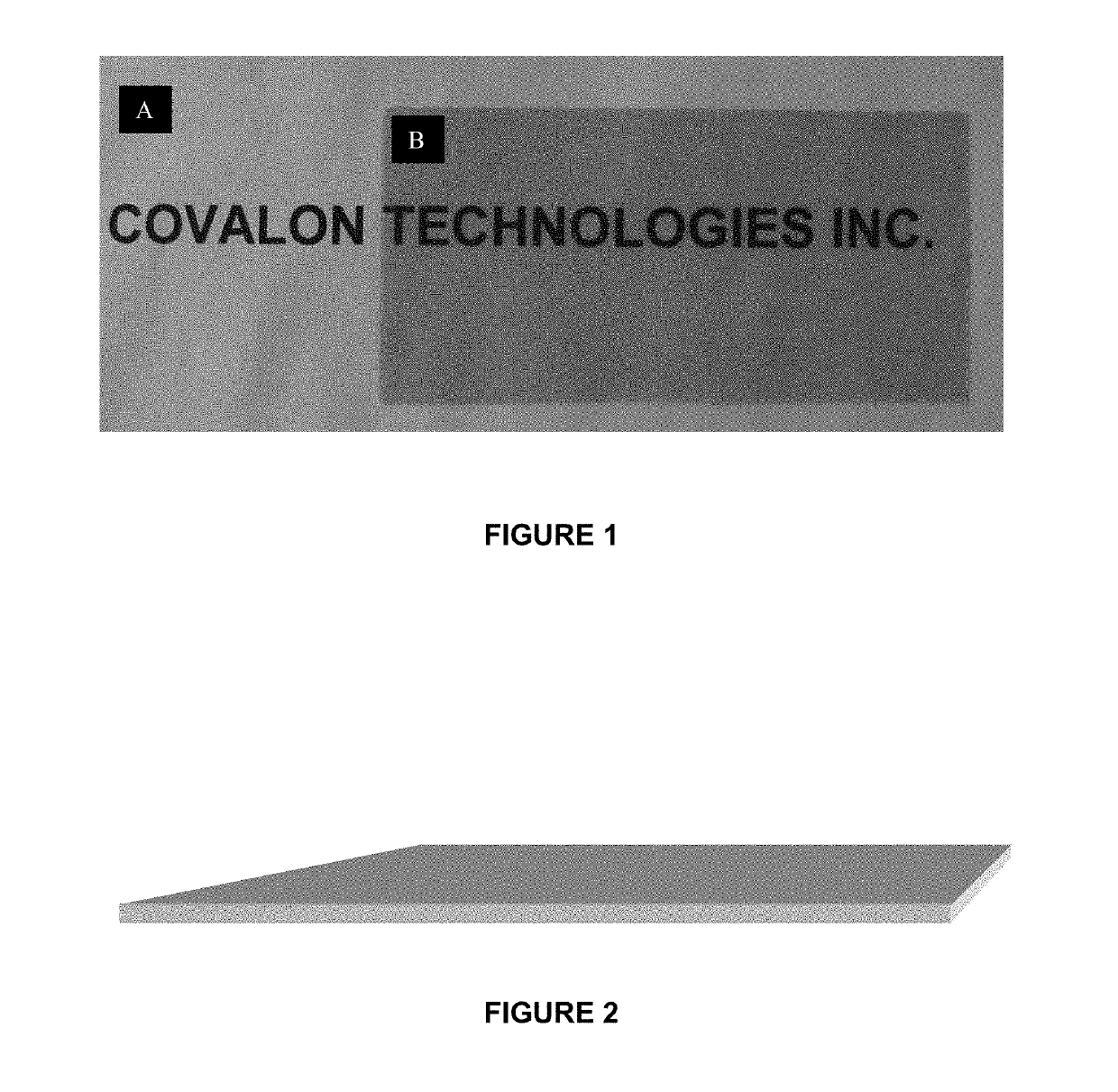Method for local reduction of microbial skin flora
a skin flora and local reduction technology, applied in the field of skin treatments, can solve the problems of increased morbidity and even mortality, increased hospital stay length, and difficult control, and achieve the effect of reducing the risk of infection of wounds and reducing the load of microbial skin on the skin
- Summary
- Abstract
- Description
- Claims
- Application Information
AI Technical Summary
Benefits of technology
Problems solved by technology
Method used
Image
Examples
example 1
[0098]Antimicrobial Activity Test—Time-Kill Test
[0099]A GLP-compliant and modified ISO 22196 assay was performed to monitor the antimicrobial activity of silicone dressings over time.
[0100]The log reductions of microorganisms inoculated onto antimicrobial silicone dressings were determined by harvesting the samples after 0, 12, 24, 96, and 168 hours of incubation, enumerating viable organisms and subtracting the average of the common log of the number of viable organisms recovered at a defined contact time from that immediately after inoculation.
[0101]Eight microorganisms were used in this test, which included Candida albicans, Candida tropicalis, Enterobacter cloacae, Klebsiella pneumoniae, Pseudomonas aeruginosa, Staphylococcus aureus (MRSA), Staphylococcus epidermidis, and Enterococcus faecalis (VRE).
[0102]Antimicrobial dressings aged for 13 months at 2520 C.±2° C. / 60% RH±5% RH were used in this study. All tests were performed in triplicate.
[0103]The test results demonstrated th...
example 2
[0105]Human Regrowth Prevention Study
[0106]The capacity of antimicrobial silicone dressings to suppress floral regrowth following cutaneous prepping for one minute with 70% isopropyl alcohol was evaluated in this study, which was a within-subjects randomized design where each subject served as his or her own control by using five test sites per test area.
[0107]A total of 37 volunteers were enrolled and 34 completed the study.
[0108]On study day 0, two skin sites located in the center of the two test areas were sampled for baseline floral counts. Using a randomization schedule, one test area (right or left) was prepped with 70% isopropyl alcohol for one minute. After the site air dried, an immediate post-prep floral sample was obtained and the test dressings were applied following a randomization schedule. The dressings were left in place for 4 or 7 days.
[0109]Quantitative skin cultures by the Williamson-Kligman scrub cup technique were obtained from one side (by random assignment) af...
PUM
| Property | Measurement | Unit |
|---|---|---|
| wt % | aaaaa | aaaaa |
| thickness | aaaaa | aaaaa |
| thickness | aaaaa | aaaaa |
Abstract
Description
Claims
Application Information
 Login to View More
Login to View More - R&D
- Intellectual Property
- Life Sciences
- Materials
- Tech Scout
- Unparalleled Data Quality
- Higher Quality Content
- 60% Fewer Hallucinations
Browse by: Latest US Patents, China's latest patents, Technical Efficacy Thesaurus, Application Domain, Technology Topic, Popular Technical Reports.
© 2025 PatSnap. All rights reserved.Legal|Privacy policy|Modern Slavery Act Transparency Statement|Sitemap|About US| Contact US: help@patsnap.com

